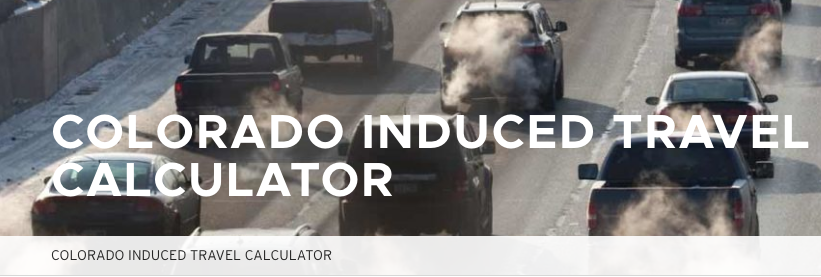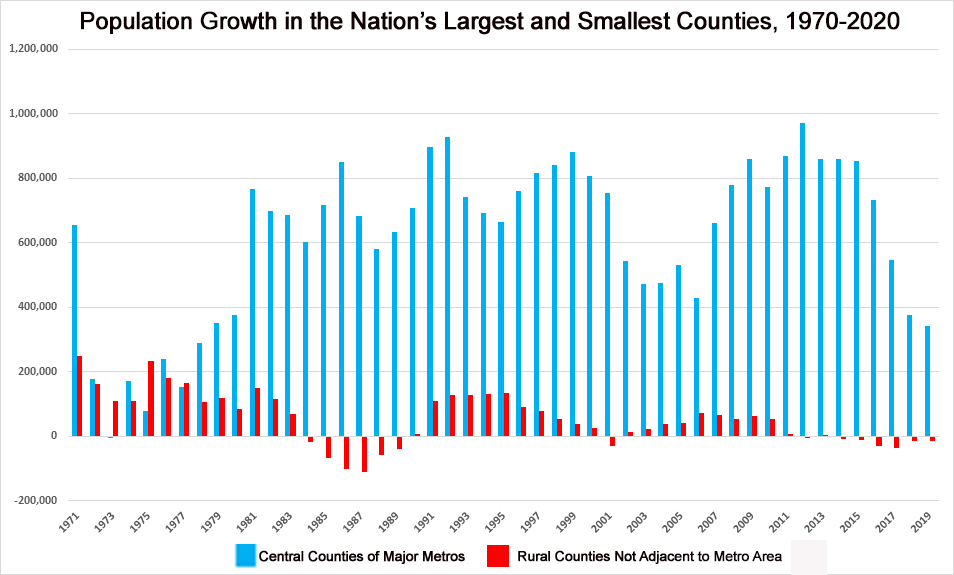What City Observatory this week
1. Fighting climate change is inherently equitable. While there’s a growing recognition of the existential threat posed by climate change, it’s becoming increasingly frequent to pit equity concerns against decisive action to reduce greenhouse gas emissions. It shouldn’t and doesn’t have to be this way. Climate change disproportionately affects those with the fewest resources and least power, and consequently reducing climate change is itself intrinsically equitable. But measures to reduce greenhouse gases will require some big changes, and those with the least resources and power will also be the least well equipped to adapt to change, which should not be an argument for not reducing greenhouse gases, but instead should be an argument for mitigating the negative effects of change. As a practical matter, that’s exactly the approach we’ve taken in dealing with Covid-19; we insisted on social distancing (policies that disproportionately affected the poor and front line workers), but then also put literally trillions of dollars into direct payments to individuals, loans to businesses, and expanded unemployment insurance, to mitigate the difficulty of coping with that change. That approach, of simultaneously, but separately taking aggressive action and also buffering those who bear the brunt of change should guide our climate policy.
2. Portland’s freight follies. It’s a shopworn myth that the success of urban economies depends on freight movement. To be sure, if there were no roads, it would be hard to operate a modern economy, but the argument is made that somehow more roads (and hopefully less traffic congestion) will somehow generate economic growth. Highway advocates maintain that failure to build more roads to accomodate an ever-increasing number of trucks will cause economic growth to slow, halt or reverse. Portland’s experience over the past two decades shows that’s simply untrue.
Truck volumes across the two interstate bridges over the Columbia River has declined almost 20 percent since 2006, even as the economy has grown by a more than 30 percent. In a very real sense, economic activity and prosperity aren’t determined by how much freight we move or how fast.
Must read
1. An induced demand calculator for Colorado. The Rocky Mountain Institute and NRDC released an induced travel calculator showing that each additional lane mile of highway built in the state result in 2 to 8 million additional miles of vehicle travel and lead to burning an addition 200,000 gallons of gasoline, with attendant air pollution and greenhouse gas emissions. The calculator is based on the latest scientific research on induced demand, and follows a template developed by Susan Handy and Jamey Volker at the University of California, Davis.
As Handy and Volker’s research has shown, the standard travel models used by state highway departments to justify new capacity consistently underestimate the additional travel and pollution caused by such projects. A customized calculator, calibrated to local road and driving data is a valuable tool for freeway fighters to challenge expansion projects.
2. The decline of the corner store. For decades, the decline of the independent, local retail store has been a lament in small towns and big cities. The Covid-19 pandemic has been another blow to small retailers. Governing‘s Alan Ehrenhalt reminds us of many of the key virtues of these small, locally owned mainstreet stores. Harking back to Jane Jacobs, small shops provide the interesting walkable destinations that enliven cities and put the “eyes on the street” that add to a sense of security. It also turns out that many of the “third places” that enliven urban living are commercial establishments of one sort or another (restaurants, coffee shops, bookstores, and the like) and their decline undercuts urban livability. The decline of retail has many causes, but one of them is that Americans, particularly the middle class, have shifted their shopping to national chains, big boxes and on-line retail. In turn, much of the decline has fallen on the middle-class entrepreneurs that started and ran those businesses. As Ehrenhalt explores, there aren’t any easy answers to reversing these trends.
3. Chuck Marohn on Infrastructure. Writing at Strong Towns, Chuck Marohn contributes some important insight to the national debate about infrastructure. Too much focus has been put on net infrastructure investment, Marohn argues. Like other capital assets, infrastructure depreciates over time, and our net investment in infrastructure is the difference between new spending, and the deterioration of existing infrastructure. If our net is too low, it may not be because we’re not build enough new infrastructure, but rather because the old, over-built infrastructure we have is depreciating so fast. On the sprawling suburban fringe, it’s often the case that we’ve built more infrastructure than we can afford to maintain. Building even more infrastructure doesn’t solve that problem, but actually makes it worse, by increasing the maintenance deficit and depreciation burden. Marohn explains:
The problem we’re struggling with today is not how little we’re spending, it is how much we built and now have to maintain, and how little we got for those investments. We’re meant to read these shortcomings [the backlog of deferred maintenance] as a consequence of disinvestment. They’re not. They are a consequence of overinvestment, of decades of unproductive infrastructure spending accumulating to crowd out good investments today. It’s true that you don’t have to pay for road maintenance if you don’t build the road, but once you build the road, you are committed. Forever.
Before we go throwing a lot more money at our broken infrastructure system, we should ask why its broken, and figure out how we right size infrastructure so that it isn’t a financial black hole.
New Knowledge
The divergent paths of urban and rural America. Bob Cushing, a frequent contributor to Daily Yonder, has a comprehensive new analysis of the diverging patterns of population growth in the nation’s counties. Cushing uses a rubric for classifying counties by population size and density, a topic we’ve explored in depth at City Observatory.
There’s much to this analysis, and it merits a close look. We’ll highlight one particularly striking finding: the very different trajectories of the most urban and most rural parts of the nation. Cushing uses counties to trace out urban/rural differences, and this chart compares the most urban counties (the central county of each of the 50 largest US metro areas, with the most rural places (counties that aren’t adjacent to any metro area, even small ones). Back in the 1970s, these very rural areas were, collectively growing almost as much as urban centers. Since then, and especially in the past decade, it’s mostly been accelerating decline in these very rural areas (red), and strong growth in very urban ones (blue).
There are other interesting findings. More than a third of US counties lost population over the past 50 years, with most of the declining places being rural. It’s also important to keep in mind that in every size or urbanness category, there are both gainers and losers. Suburban counties in the largest metro areas have been the largest net gainers over the past half century; While in the aggregate rural areas have gained population, but the pattern of change is much more mixed than for other categories. Collectively, rural counties adjacent to metropolitan areas have fared better than more remote rural counties.
Robert Cushing, “Population Gains and Losses Create Two Americas, and the Difference Is Mostly along Rural-Urban Lines,” Daily Yonder, April 15, 2021.
In the News
Nick Kristof’s column “Lessons for America from a Weird Portland,” offering a generally upbeat outlook for Portland’s future in The New York Times cites City Observatory’s analysis of the decline in new apartment construction due to the city’s inclusionary zoning ordinance.




